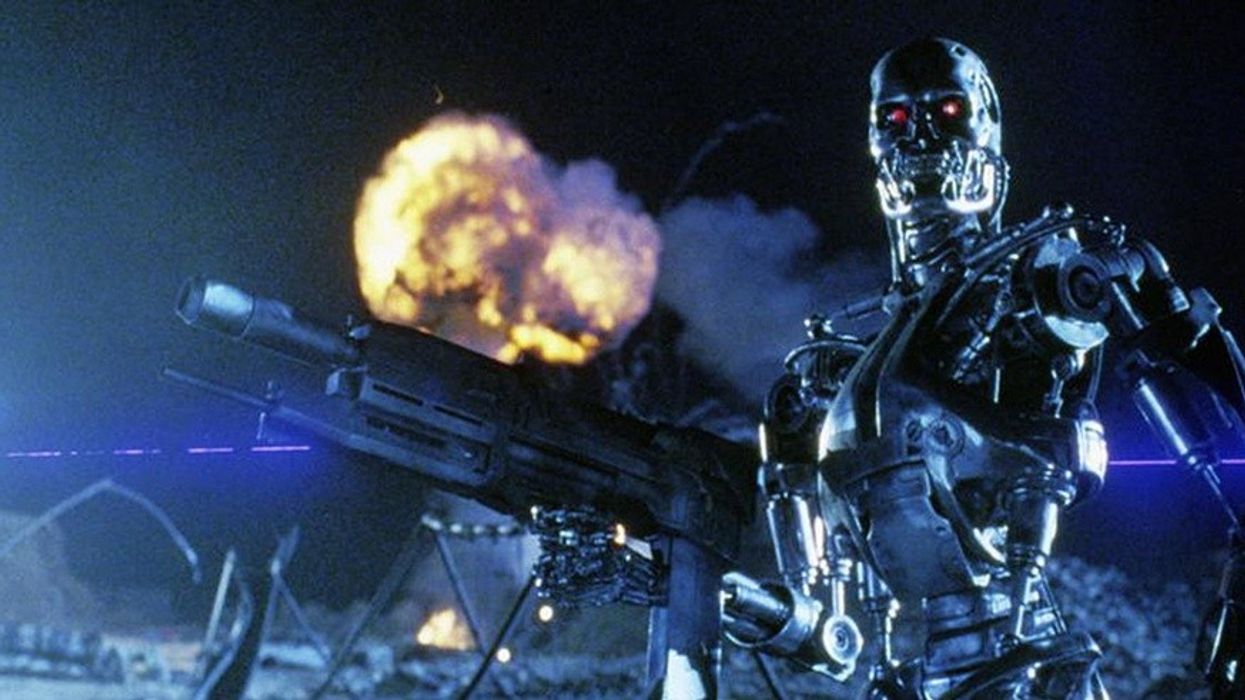How Did One Short Sequence in 'Terminator 2' Change Special Effects Forever?
Come with me if you want to change special effects forever...

James Cameron's Terminator 2: Judgement Day is one of the most important films ever made. Not only is it the best sequel ever (suck it, Godfather 2), but it helped push the franchise from indie thriller status into the blockbuster landscape, changing the way we view science fiction and cementing Arnold Schwarzenegger as the biggest action star on the planet.
But in classic James Cameron style, there are lots of small things to appreciate that may have gone unnoticed.
Like how the movie actually changed the entire special effects game for all time.
Well, Todd Vaziri, an award-winning visual effects artist at Industrial Light & Magic, did an amazing Twitter thread on the subject and I wanted to highlight it here.
How Did One Short Sequence in Terminator 2 Change Special Effects Forever?
Let's go over the things Todd pointed out. First, I love that the skeleton we see right away is a 2-foot-tall (1/3 scale) puppet. It was animated by Peter Kleinow. It was animated and photographed with a rear screen projection of a miniature set and explosion.
Rear screen projection is when you have a screen playing footage so that you can combine foreground performances with pre-filmed backgrounds. In this case, foreground animation.
In Terminator 2, the camera is locked off and there is another puppet shot against a rear screen projector, projecting more miniatures.
The foreground Terminators were full-scale animatronics built by Stan Winston Studio, and are operated in real-time, along with the practical effects. So while they are being operated, the rear projections are going, and the sparks and explosions are going off.
But what about the lasers? Those are done by adding fake interactive light animated by rotoscope artists using cell animation techniques.
This is a massive collaboration across different effects departments, all culminating in one short scene.
And you can watch it all here.
These kinds of collaborations were not unheard of, but this was one of the first times it was done on this scale. This collaboration of computers, animators, rear projection, and live-action is something we see a lot of today. Especially with shows like The Mandalorian, which evolved rear projection into Stagecraft.
All very cool, and you learn something new every day!
Let us know what you think in the comments.














